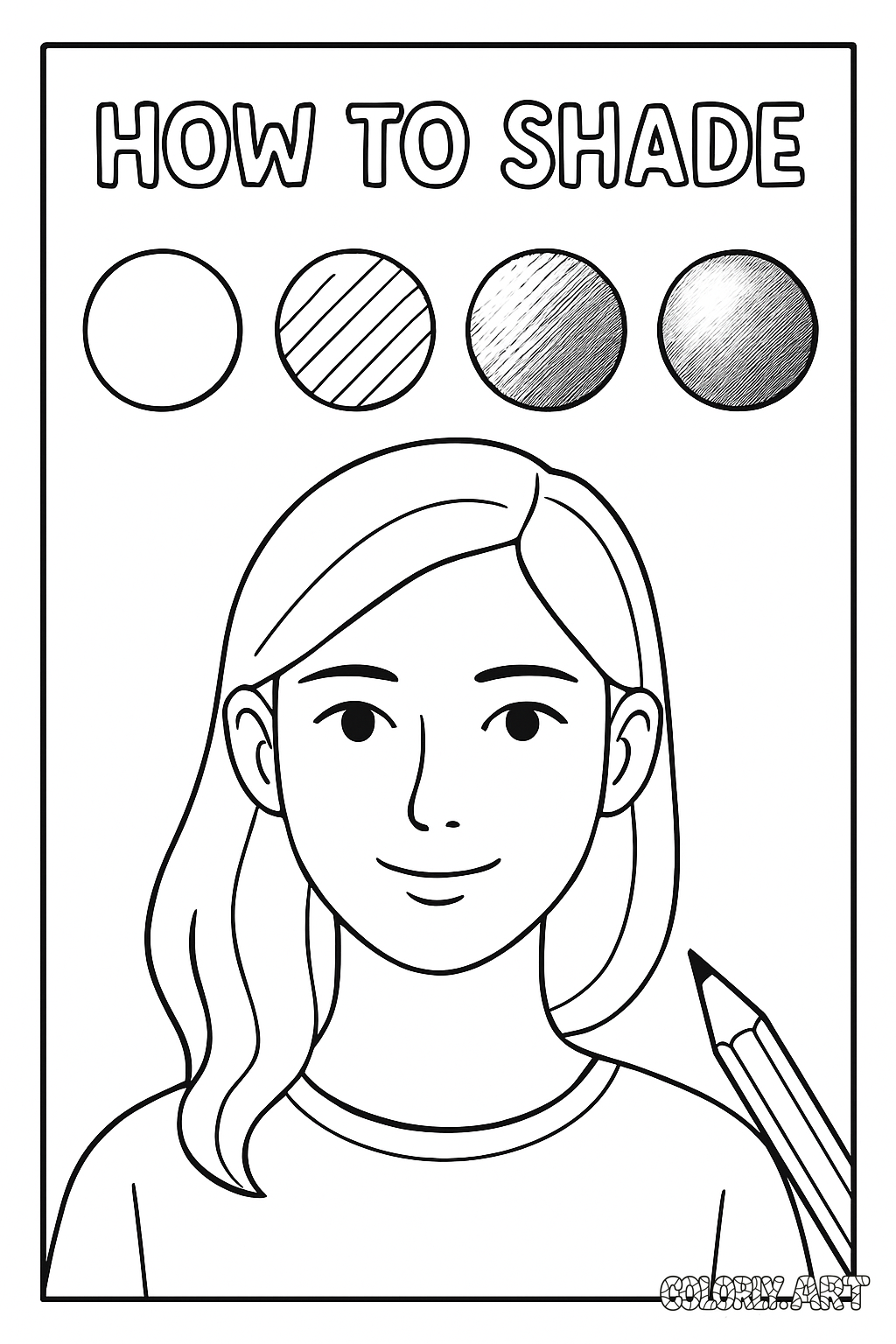How to Shade Colors: A Beginner's Guide to Adding Depth and Dimension

Author: Austin P
Published on: 2025-05-17
Shading is one of the most powerful techniques in coloring and drawing. It brings flat shapes to life, adds realism, and gives your artwork a polished, professional look. Whether you're using colored pencils, markers, or digital tools, learning to shade can transform your art.
Understanding Light and Shadow To shade effectively, it's important to understand where your light source is coming from. This determines where shadows fall and how intense they are. Picture a lamp shining on a ball — one side is lit, the other is in shadow, and there's a gradient in between.
Practice by identifying the light source in your work. Draw a simple circle and decide where the light hits. The opposite side will be the darkest. Blend your colors from light to dark gradually to mimic the natural gradient of shadow.
Techniques for Shading with Colored Pencils
Layering: Start with a base color and layer additional colors on top to build depth. Apply colors lightly at first, then gradually increase pressure for darker areas.
Blending: Use a blending pencil or a colorless blender to smooth transitions. You can also use a white or lighter color to blend mid-tones.
Burnishing: Apply firm pressure to blend layers into a smooth, shiny finish — great for final highlights.
Tips for Digital Shading If you’re working digitally, take advantage of layering. Use one layer for base color and another for shadows. Soft brushes with reduced opacity allow for more subtle gradients. Multiply or overlay blend modes can also create realistic shadows and highlights.
Common Mistakes and How to Avoid Them
Avoid harsh lines between light and shadow unless you're doing stylized work.
Don’t use just black for shadows or white for highlights. Use darker or lighter variations of your main color (e.g., blue for shadows on red).
Practice makes perfect — start with simple objects like spheres or apples before moving on to complex illustrations.
Shading may seem intimidating at first, but it becomes second nature with practice. Use references, experiment with tools, and above all, enjoy the learning process.